Web development is evolving faster than ever. Businesses that keep up with these changes can stay ahead of the competition and improve their online presence. Ignoring these trends could mean losing customers to more forward-thinking competitors.
Did you know that the global web development market is projected to grow to $56.7 billion by 2027, Or that over 70% of small businesses plan to invest in new web technologies within the next year?
These stats show how critical it is to stay informed about emerging trends.
20 Web Development Trends to Watch in 2025
Web development in 2025 will focus on making websites faster, safer, and smarter. Trends like AI tools, stronger security, and interactive designs will lead the way. Businesses that follow these changes will stay ahead and keep their users happy.
1) Internet of Things (IoT) Integration
The Internet of Things (IoT) is connecting more devices to the web than ever before. Websites are now becoming a hub for managing smart devices, like home security systems or wearable health trackers. Businesses are using IoT integration to offer real-time data syncing, seamless device management, and better user experiences.
For example, IoT-enabled platforms allow users to monitor energy usage in smart homes directly from a web portal. Industries like healthcare, logistics, and smart cities are leading this trend. If your business relies on connected devices, IoT integration can help you stay competitive and offer innovative services.
Examples:
- Nest Thermostats: Users can control home temperatures remotely through a web-based interface.
- Fitbit Dashboards: Wearables sync with the Fitbit website to provide health tracking and analytics.
- Logistics Platforms: IoT sensors in vehicles provide real-time tracking on web-based management systems.
2) Augmented Reality (AR) Experiences
Augmented Reality (AR) is transforming how users interact with websites. It overlays digital elements onto the real world, creating immersive experiences. For instance, e-commerce sites now use AR to let customers “try on” clothes or see how furniture looks in their homes.
Industries like retail, real estate, and education are adopting AR to engage users in new ways. Implementing AR on your website can increase engagement and help customers make better decisions. This technology is especially valuable for businesses looking to provide interactive and personalized services.
Examples:
- IKEA Place: Lets users visualize furniture in their homes before purchasing.
- Warby Parker: Customers can try on glasses virtually through their website.
- Sephora Virtual Artist: Allows users to test makeup shades using their device cameras.
Looking for? Top Web App Development Companies
3) WebAssembly (WASM)
WebAssembly (WASM) is changing the game for web performance. It allows developers to run complex applications in the browser at near-native speed. This is especially useful for industries requiring heavy graphics, like gaming or video editing.
WASM works alongside JavaScript, so it’s easy to integrate into existing projects. With faster load times and better performance, businesses can deliver richer web experiences. If your website has resource-intensive features, WASM can help you improve speed and usability.
Examples:
- Autodesk: Enables heavy 3D modeling tools to run in the browser.
- Figma: Offers design and collaboration software with seamless performance, thanks to WASM.
- Unity: Supports web-based gaming with high-quality graphics and fast processing.
4) Low-Code/No-Code Development
Low-code and no-code platforms are making web development accessible to everyone. These tools let users create websites and apps with little to no programming knowledge. Drag-and-drop interfaces and pre-built templates make the process quick and straightforward.
This trend is ideal for small businesses and startups that need cost-effective solutions. Platforms like Wix, Bubble, and Webflow are leading this space. By adopting low-code tools, businesses can save time and focus on their core goals without needing a full development team.
Examples:
- Webflow: Allows designers to create visually stunning websites without coding.
- Bubble: Helps startups build apps quickly with drag-and-drop features.
- Wix: Offers customizable templates for small businesses to build professional sites.
5) Micro-Frontend Architecture
Micro-frontend architecture is breaking websites into smaller, independent parts. Each “micro-frontend” can be developed, tested, and deployed separately. This makes the development process more flexible and scalable.
For businesses, this trend reduces risks and allows faster updates. For example, e-commerce sites can independently update their product catalog section without affecting the checkout process. If your business manages a large website, micro-frontends can help streamline operations and reduce downtime.
Examples:
- Amazon: Manages product pages, search functionality, and recommendations as independent modules.
- Spotify: Uses micro-frontends to handle different features, like playlists and recommendations.
- Zalando: Separates checkout, catalog, and user profile systems into individual frontends.
6) Edge Computing
Edge computing is bringing data processing closer to users. Instead of relying on central servers, edge computing uses local servers or devices to handle data. This reduces latency and ensures faster load times.
Businesses with high traffic or global users benefit the most from edge computing. For example, streaming services and gaming platforms use edge technology to deliver smooth experiences to users worldwide. If your website serves a diverse audience, edge computing can improve speed and reliability.
Examples:
- Cloudflare CDN: Speeds up website delivery by using servers closer to end users.
- Netflix: Delivers content efficiently through edge servers for better streaming performance.
- Zoom: Uses edge servers to ensure high-quality video calls globally.
7) Custom Scrolling Experiences
Custom scrolling is becoming a popular way to create engaging websites. Instead of traditional vertical scrolling, websites now use unique interactions like parallax effects, horizontal scrolling, or animated transitions.
This trend works well for storytelling or showcasing creative projects. Industries like fashion, design, and entertainment are leading the way in adopting custom scrolling. Adding these elements to your site can make it stand out and leave a lasting impression on users.
Examples:
- Apple AirPods Page: Uses parallax effects to showcase product features interactively.
- Nike React Shoes: Features horizontal scrolling with animated transitions.
- The Boat by Google: A storytelling experience using dynamic scroll-based animations.
8) Advanced Web Animations (GSAP)
Web animations are evolving beyond basic transitions. Tools like GSAP (GreenSock Animation Platform) enable developers to create smooth, highly customizable animations. These can include loading indicators, hover effects, or complex motion sequences.
Animations are not just decorative—they guide users and improve navigation. For example, interactive elements can highlight important actions, like adding a product to a cart. Businesses looking to enhance engagement and usability should consider investing in advanced web animations.
Examples:
- Slack: Uses animations to make onboarding and navigation intuitive.
- Stripe: Showcases smooth loading and hover effects for an enhanced UX.
- Headspace: Features interactive animations to explain mindfulness techniques visually.
9) AI-Driven Personalization
AI is helping businesses offer highly personalized experiences. By analyzing user behavior, AI can deliver content, recommendations, and offers tailored to individual preferences. For example, streaming services like Netflix use AI to recommend shows based on viewing habits.
Personalization improves user satisfaction and increases conversion rates. E-commerce, travel, and content platforms benefit the most from this trend. If you want to connect with users on a deeper level, integrating AI-driven personalization is a smart move.
Examples:
- Netflix: Recommends movies and shows based on user viewing history.
- Amazon: Suggests products that match past purchases or browsing behavior.
- Spotify: Creates personalized playlists like “Discover Weekly” for each user.
10) Web Accessibility Standards
Web accessibility is no longer optional—it’s essential. Businesses are now designing websites that meet standards like ADA and WCAG to ensure inclusivity for all users, including those with disabilities. Features like alt text for images, keyboard navigation, and screen reader compatibility are becoming standard.
Making your site accessible improves usability and expands your audience. It also helps avoid legal issues related to non-compliance. For businesses looking to build a positive reputation and cater to a diverse audience, prioritizing accessibility is a must.
Examples:
- BBC: Offers accessibility features like keyboard navigation and screen reader support.
- Microsoft: Provides alt text for images and captions for all videos on its site.
- W3C WAI Tutorials: Demonstrates best practices for designing accessible web content.
11) Progressive Web Apps (PWAs): The Future of App-Like Experiences
Progressive Web Apps (PWAs) are websites that act like mobile apps. They load quickly, work offline, and can even send push notifications. Unlike traditional apps, users don’t need to download PWAs from an app store. They can access them directly from a browser.
Businesses love PWAs because they are cost-effective and improve user engagement. Starbucks reported that its PWA drove a 2x increase in daily active users and allowed orders to load faster, even on slower networks. This technology is perfect for businesses looking to reach users with seamless, app-like experiences.
If your business has an e-commerce site or service-based platform, PWAs can be a game-changer. They work well for improving accessibility and keeping customers engaged, regardless of their internet connection.
- Starbucks: Their PWA allows customers to browse the menu and place orders even with limited internet connectivity, resulting in a 2x increase in daily active users.
- Twitter Lite: Twitter’s PWA reduced data usage by 70%, providing a faster experience for users on slower networks.
- Uber: Uber’s PWA enables users to book rides quickly, even on 2G networks, ensuring global accessibility.
12) AI-Powered Chatbots: Revolutionizing Customer Support
AI-powered chatbots are transforming the way businesses interact with customers. These chatbots can answer questions, guide users, and even process transactions. They work 24/7, helping businesses save time and money while improving customer satisfaction.
According to Business Insider, the global chatbot market is expected to reach $9.4 billion by 2025.
This rapid growth shows how valuable chatbots have become across industries. Businesses can reduce customer wait times and handle multiple inquiries simultaneously using AI chatbots.
Take e-commerce as an example. A chatbot can guide customers to the right product, answer questions about shipping, and even upsell based on their preferences. This makes the shopping experience smoother and more personalized. Platforms like Facebook Messenger and WhatsApp are already seeing massive adoption of chatbot technology.
For businesses looking to implement AI chatbots, tools like ChatGPT or Drift offer flexible options. You don’t need a massive budget or technical expertise to get started. Investing in a chatbot can improve efficiency and make your customers feel supported every step of the way.
- H&M: Their chatbot helps users find the right clothing items by offering suggestions based on preferences.
- Sephora: The beauty retailer’s chatbot provides makeup tutorials, product recommendations, and booking options for in-store services.
- Domino’s: Domino’s AI chatbot, “Dom,” lets customers order pizza through voice or text on multiple platforms.
Connect with experts: Top 10 Chatbot Development Companies
13) Voice Search Optimization: Preparing for the Voice Revolution
Voice search is no longer a futuristic concept—it’s here and growing fast. With the rise of smart speakers like Alexa, Google Assistant, and Siri, more people are using voice commands to search the web.
Over 50% of the worldwide population uses voice search daily in 2025.
For businesses, optimizing for voice search is essential. Voice queries are different from text searches. People speak in full sentences, often asking questions like “Where’s the nearest coffee shop?” or “What’s the best online store for furniture?” To capture this traffic, websites need to use conversational language and focus on long-tail keywords.
Structured data, also known as schema markup, plays a key role here. It helps search engines understand your content better and present it in voice search results. If you’re a local business, ensuring your Google My Business profile is accurate and up to date can also improve visibility for voice searches.
Industries like food delivery, retail, and travel have already seen the benefits of voice search optimization. By adapting to this trend now, your business can connect with customers in a more natural and efficient way.
- Amazon: Alexa-driven search functionality allows users to shop using voice commands.
- Domino’s Pizza: Enables customers to place orders using Google Assistant or Alexa.
- Nestlé: Provides recipes and cooking tips via voice search, making it easier for users to access content.
Read: Do You Need Voice Search Optimization for Websites?
14) Serverless Architecture: Simplifying Development
Serverless architecture is gaining popularity because it eliminates the need for managing physical servers. With this approach, developers can focus on writing code, while a cloud provider handles the infrastructure. Platforms like AWS Lambda, Google Cloud Functions, and Microsoft Azure are leading the way in serverless technology.
For businesses, serverless architecture offers multiple advantages. It reduces costs since you only pay for the computing power you use. It also improves scalability, as the system automatically adjusts to handle traffic spikes. This makes it ideal for applications with unpredictable demand, such as e-commerce sites during holiday sales.
Another benefit is faster development cycles. Without worrying about servers, developers can quickly build, test, and deploy applications. Companies like Netflix and Airbnb use serverless architecture to ensure seamless user experiences while scaling their services globally.
If your business is planning to launch a new app or digital service, serverless architecture can save you time and money. It’s a forward-thinking solution for businesses that need flexibility and efficiency in their web development projects.
- Netflix: Uses AWS Lambda to streamline video encoding processes, scaling automatically based on demand.
- Codepen: A web development tool that leverages serverless architecture to improve its performance and reliability.
- Nordstrom: Uses serverless architecture to power its customer feedback application, scaling as needed during peak times.
15) Motion UI Design: Elevating User Engagement
Motion UI design adds dynamic elements to websites, creating a more interactive experience. From smooth transitions to engaging animations, this trend focuses on keeping users interested and engaged. It’s not just about aesthetics—it’s about guiding users and making their journey seamless.
Statistics show that websites with interactive elements tend to have higher engagement rates and lower bounce rates. For example, animations can highlight calls-to-action, making it easier for users to know where to click or what to do next. This can lead to better conversions and a more satisfying user experience.
Big brands like Apple and Google have been leveraging motion UI for years, using subtle animations to enhance their designs. Businesses of all sizes can adopt this trend without needing a huge budget. Simple effects like hover animations, loading indicators, or slide-in menus can make a big difference.
Motion UI is particularly effective for industries like e-commerce, SaaS, and creative agencies. It helps build trust, improves brand perception, and keeps users engaged for longer. If you’re looking to modernize your website, integrating motion UI design is a smart step forward.
- Dropbox: Uses animations to guide users through onboarding and highlight key features.
- Headspace: The meditation app features calming animations that enhance the user experience.
- Stripe: Stripe incorporates smooth transitions and interactive motion elements to simplify complex payment processes.
16) Dark Mode Design: Catering to User Preferences
Dark mode design has become one of the most popular web development trends in recent years. It gives users the option to switch to a darker color scheme, reducing eye strain and saving battery life on mobile devices. With major platforms like Instagram, WhatsApp, and Google adopting dark mode, this trend is here to stay.
According to Statista, nearly 81% of smartphone users have tried dark mode on their devices.
Users appreciate having a choice, and many prefer the sleek, modern look it offers. Businesses that provide dark mode options can enhance user satisfaction and show they are up-to-date with current design practices.
Implementing dark mode isn’t just about flipping colors. It requires thoughtful adjustments to ensure readability and usability. For example, text contrast, button visibility, and overall accessibility need to be carefully designed to maintain a positive experience.
Dark mode works particularly well for apps and websites in industries like tech, entertainment, and e-commerce. By offering this feature, your business can cater to diverse user preferences and stand out as a modern, user-centric brand.
- Twitter: Offers a popular dark mode option, making late-night browsing more comfortable for users.
- YouTube: Allows users to switch to dark mode for a cinematic viewing experience.
- Slack: Offers dark mode across its web and mobile platforms to cater to user preferences.
Looking for? Top 10+ E commerce Website Development London
17) Single-Page Applications (SPAs): Simplifying Navigation
Single-Page Applications (SPAs) are reshaping the way users interact with websites. Unlike traditional multi-page websites, SPAs load all content on a single page. When users click on a link, the page dynamically updates instead of reloading. This makes navigation faster and smoother.
Popular frameworks like React, Angular, and Vue.js have made SPAs more accessible to developers. Businesses prefer SPAs because they improve user experience by reducing load times and providing seamless transitions. For example, platforms like Gmail, Facebook, and Trello are built as SPAs to enhance interactivity and speed.
SPAs also offer advantages in terms of development. Since they rely on reusable components, developers can build and update applications more efficiently. For businesses, this means quicker deployment and lower maintenance costs.
Industries like SaaS, social media, and project management benefit significantly from SPAs. If your website requires frequent interactions, such as dashboards or real-time updates, transitioning to a SPA could improve performance and user satisfaction.
- Gmail: Provides a seamless email experience by loading all interactions on a single page.
- Facebook: Uses SPAs to enable fast interactions and real-time updates without reloading.
- Trello: Trello’s SPA architecture makes managing tasks smooth and responsive for users.
18) Cybersecurity Trends in Web Development
Cybersecurity is no longer optional—it’s a necessity. With the increasing number of data breaches and cyberattacks, businesses must prioritize protecting their websites and user data.
According to Cybersecurity Ventures, the cost of cybercrime is expected to hit $10.5 trillion annually by 2025.
This highlights the critical need for robust cybersecurity in web development.
For websites, basic measures like SSL certificates are now the bare minimum. Advanced techniques like multi-factor authentication (MFA), regular security audits, and real-time threat detection are becoming standard practices. Web developers are also turning to frameworks with built-in security features to minimize vulnerabilities.
Businesses that fail to invest in cybersecurity risk losing customer trust and facing financial losses. For example, implementing data encryption ensures sensitive information, like payment details, stays protected. Similarly, setting up firewalls and updating software regularly can prevent unauthorized access.
Industries such as finance, healthcare, and e-commerce are particularly targeted by cybercriminals. If your website handles sensitive user data, adopting the latest cybersecurity measures is essential to protect both your customers and your business reputation.
- Zoom: Enhanced its security with end-to-end encryption to protect user data during video calls.
- PayPal: Implements multi-factor authentication and robust encryption to secure online transactions.
- Capital One: Utilizes AI-powered threat detection to monitor and prevent cyberattacks.
19) Blockchain Integration in Web Development
Blockchain is no longer just for cryptocurrency. It’s becoming a powerful tool in web development. This technology offers decentralized, transparent, and secure solutions, making it ideal for businesses looking to build trust and improve data security.
Blockchain can be used in various ways, such as secure payment gateways, digital identity verification, and decentralized apps (dApps). For example, businesses in finance are using blockchain for smart contracts, which automate transactions without the need for intermediaries. This reduces costs and eliminates delays.
A key advantage of blockchain is its ability to provide tamper-proof records. This is particularly valuable for industries like supply chain management, where tracking the origin and journey of products is crucial. Blockchain ensures data integrity and prevents fraud.
While implementing blockchain might seem complex, there are platforms like Ethereum and Hyperledger that make it more accessible. Businesses investing in blockchain integration are not only improving security but also gaining a competitive edge in industries where transparency and trust are key.
- IBM Food Trust: Uses blockchain to track the origin and journey of food products, ensuring transparency in supply chains.
- Ethereum: Powers decentralized finance (DeFi) apps, allowing businesses to offer secure and transparent transactions.
- Everledger: Tracks the authenticity and origin of diamonds to prevent fraud and ensure ethical sourcing.
20) Accelerated Mobile Pages (AMP): Prioritizing Mobile Users
Accelerated Mobile Pages (AMP) are designed to make web pages load faster on mobile devices.
With mobile traffic accounting for over 54% of global website visits, according to Statista, optimizing for mobile is no longer optional.
AMP technology helps businesses create lightweight, fast-loading pages that enhance user experience and improve SEO rankings.
AMP strips away unnecessary elements like heavy JavaScript and uses streamlined HTML to deliver content almost instantly. This is particularly important for industries like news, e-commerce, and blogs, where quick access to content can make or break user engagement.
Google favors AMP in search rankings, which means businesses that adopt it can see improved visibility in search engine results. Additionally, faster load times lead to lower bounce rates and higher conversion rates. For example, e-commerce sites using AMP often report faster checkout processes and increased sales.
Implementing AMP is relatively straightforward. Popular platforms like WordPress offer plugins to simplify the process. If your business relies on mobile traffic, adopting AMP can give you a significant advantage in reaching and retaining users.
- The Washington Post: Uses AMP to deliver fast-loading news articles, reducing bounce rates and increasing engagement.
- eBay: Leverages AMP to make product pages load faster, improving the shopping experience for mobile users.
- BBC: Delivers breaking news stories quickly using AMP to cater to mobile-first audiences.
Sum up
Staying ahead in web development means embracing change and adapting to new technologies. These Web Development Trends offer businesses opportunities to enhance user experience, improve efficiency, and build trust with their audience.
As web development continues to evolve, taking small steps to integrate these advancements can make a big difference. The key is to start now and keep an eye on what’s next.

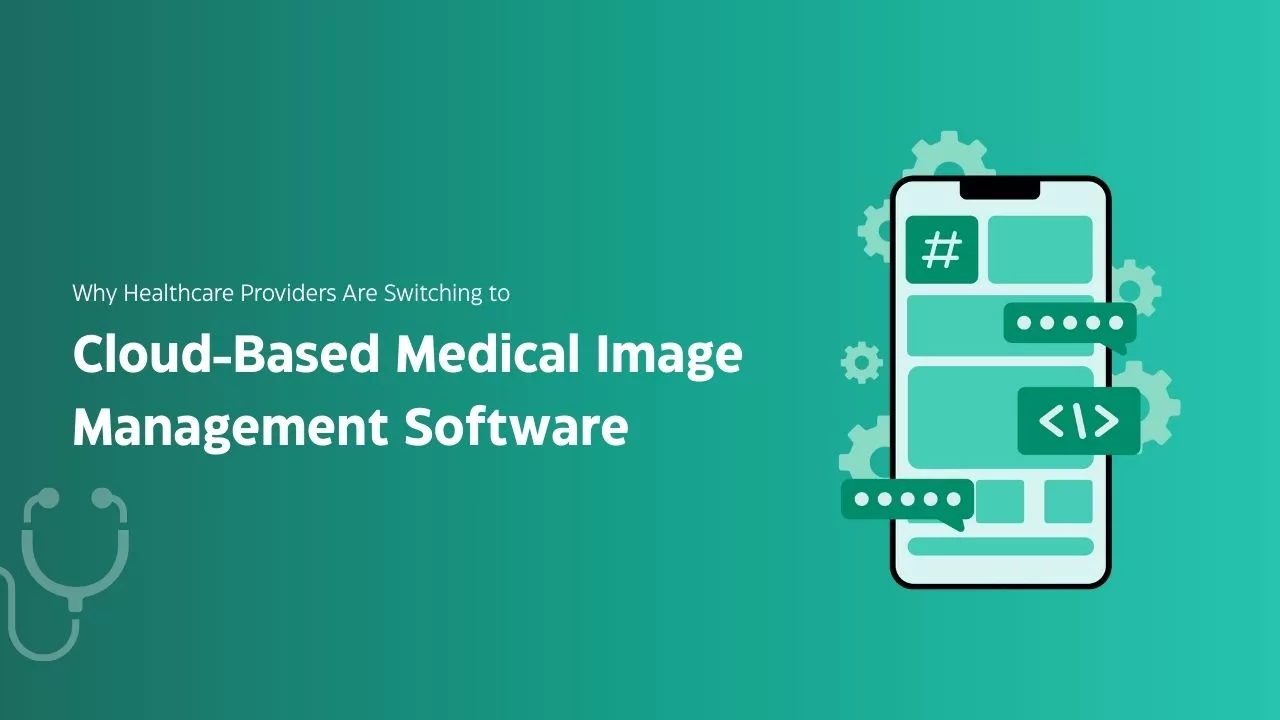
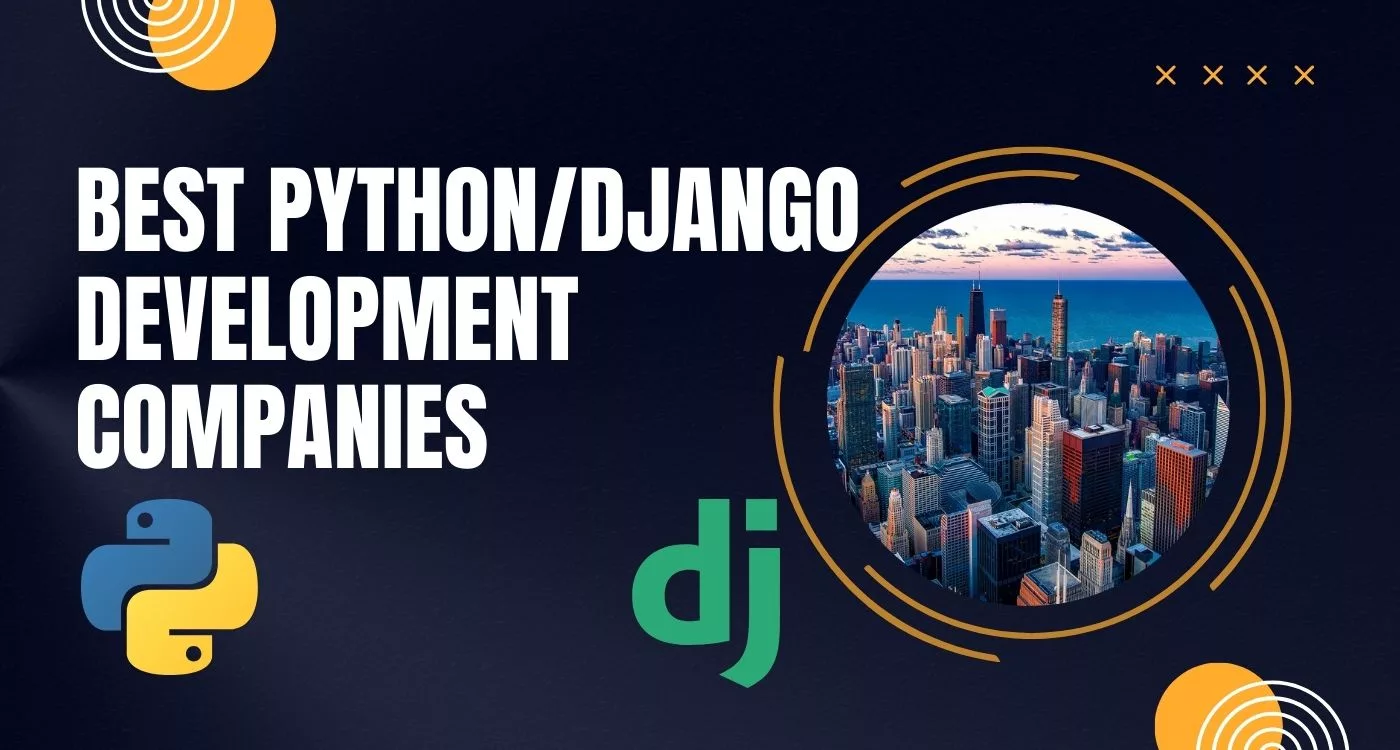


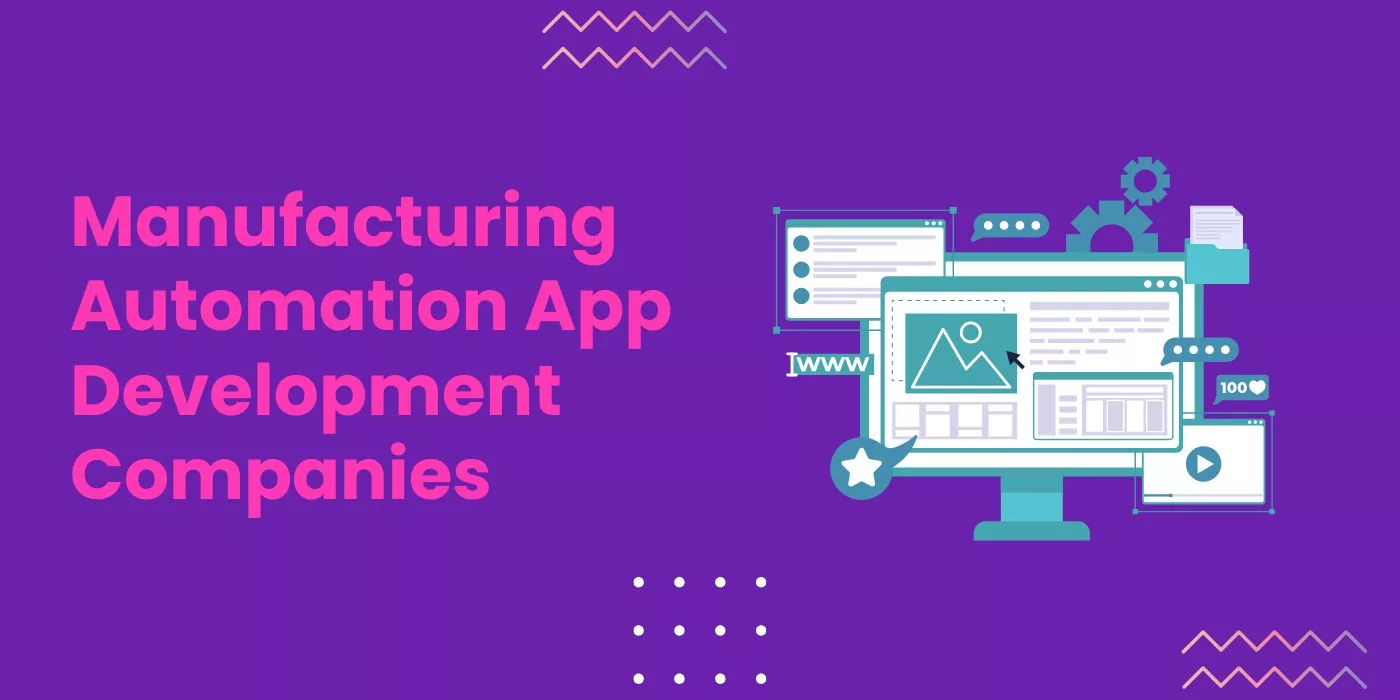

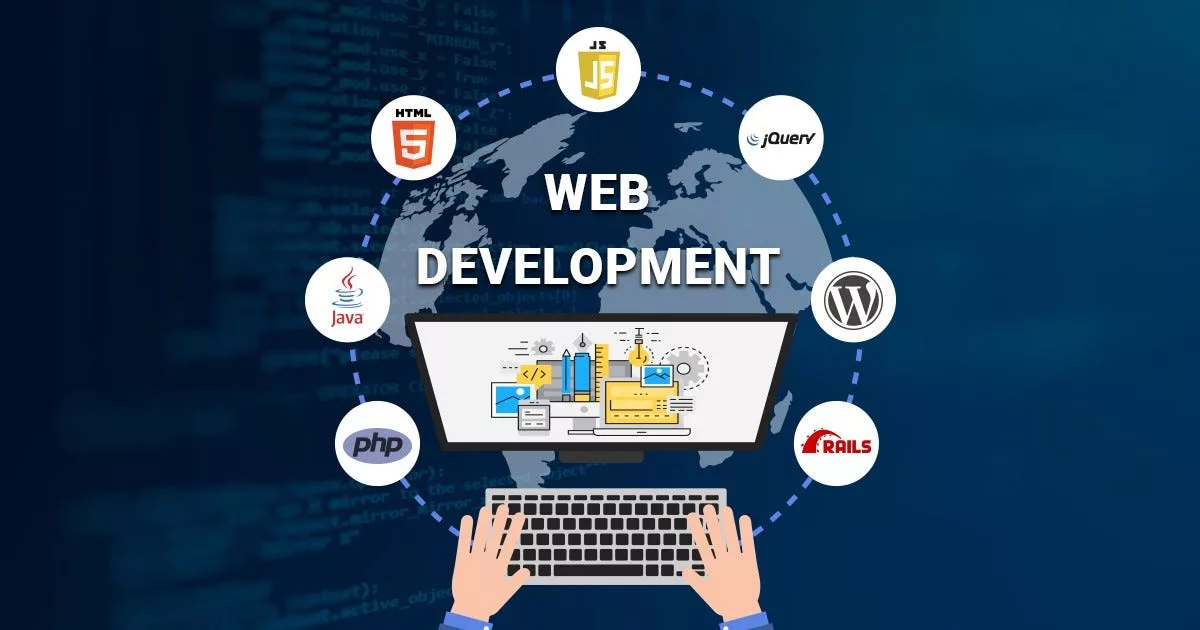
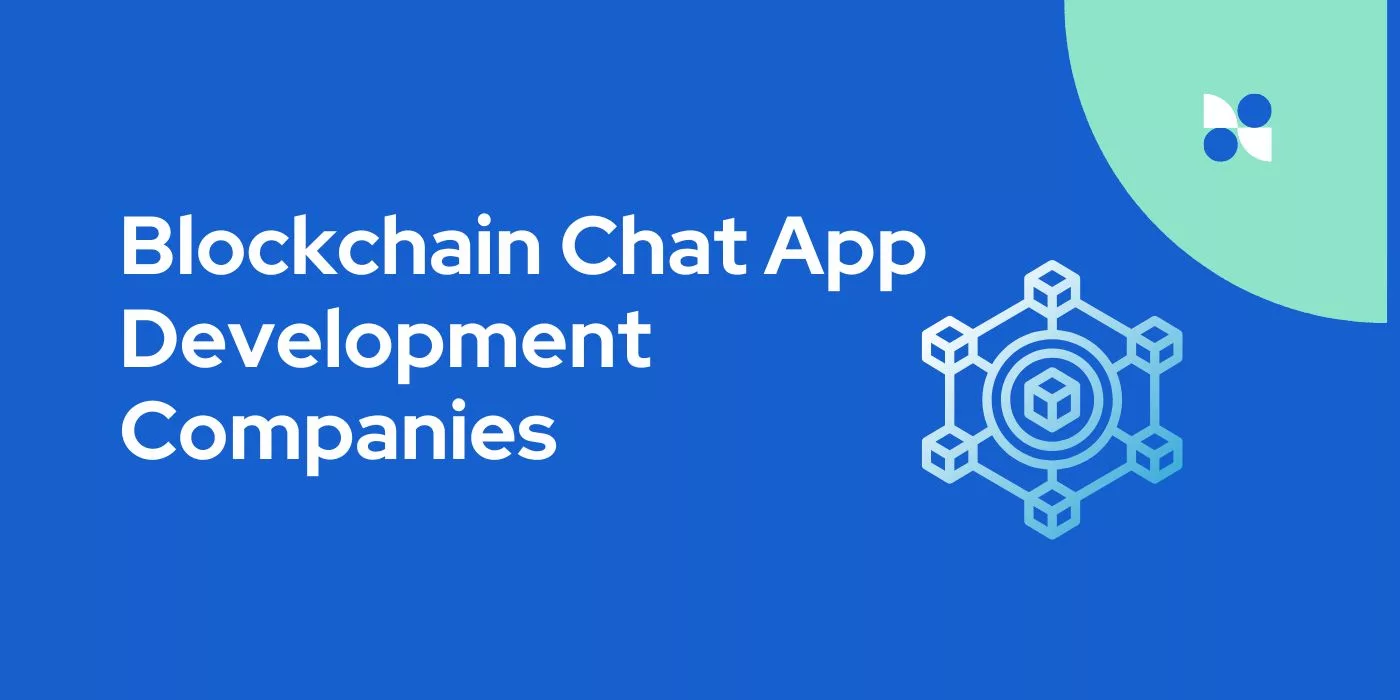
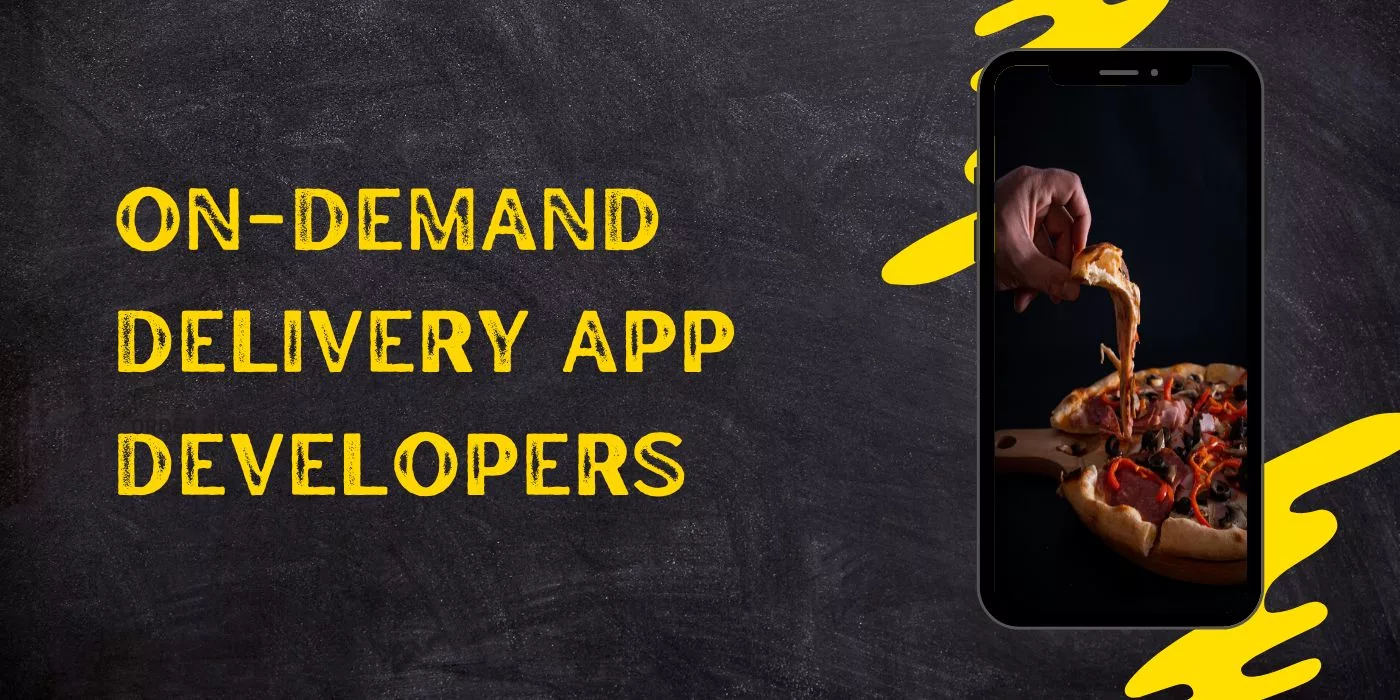
Leave a Reply